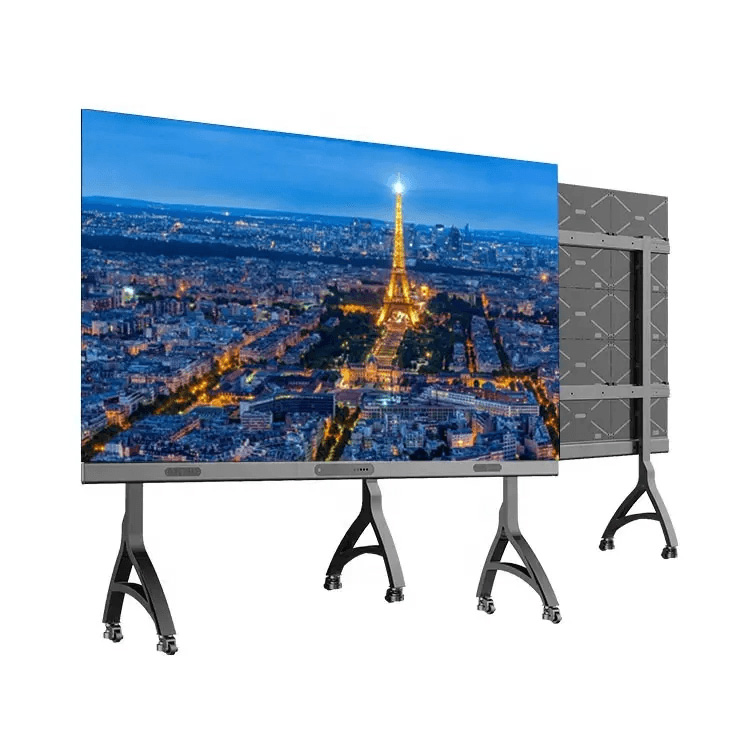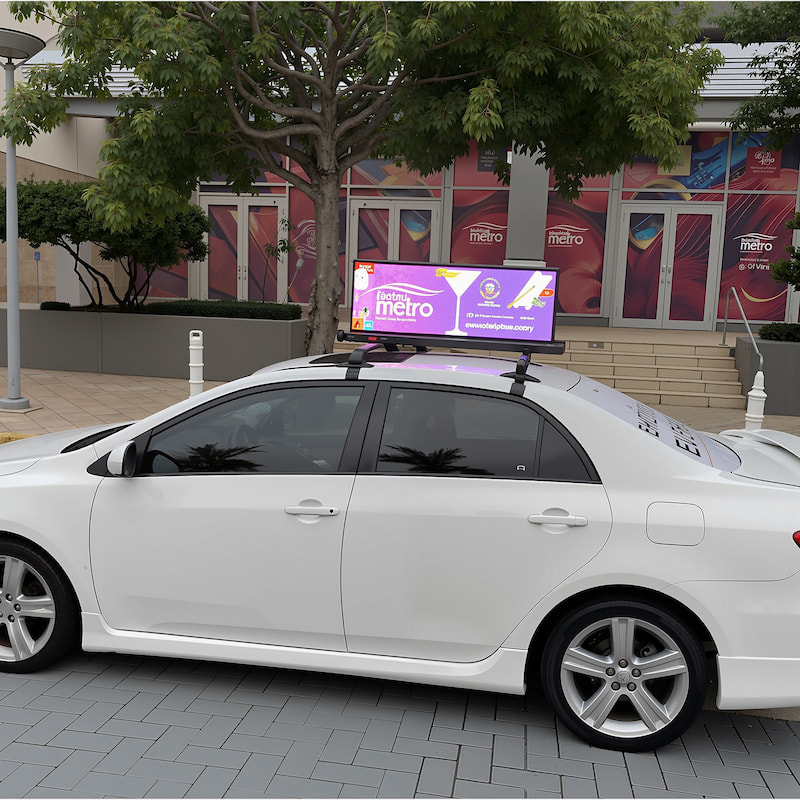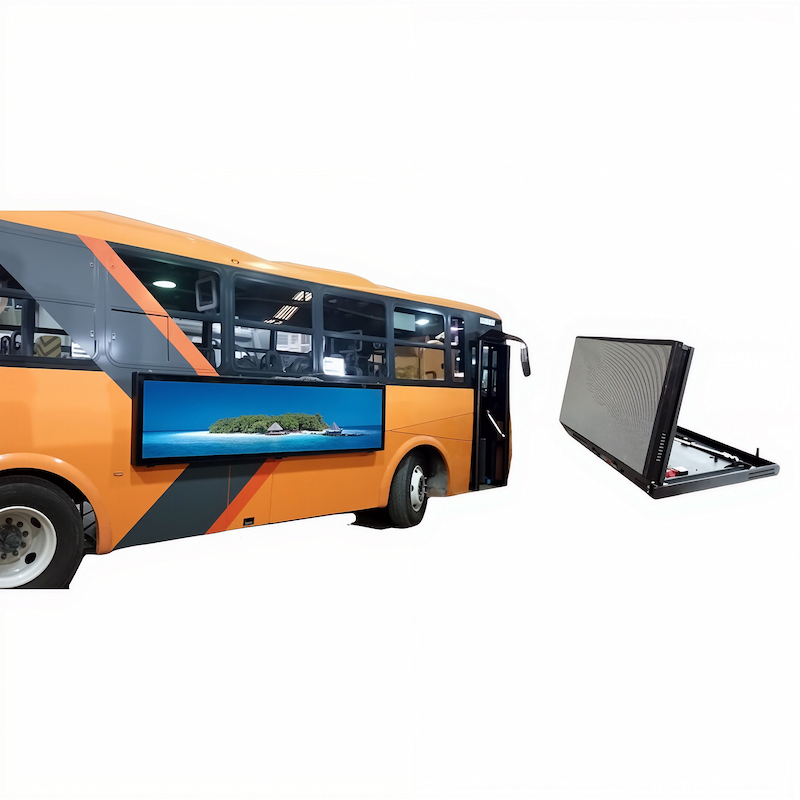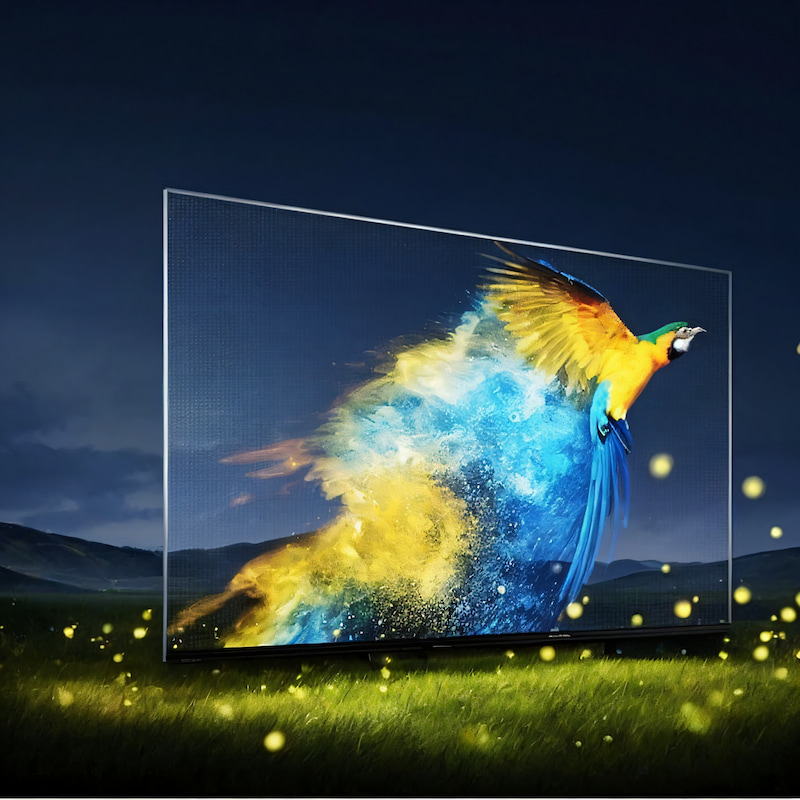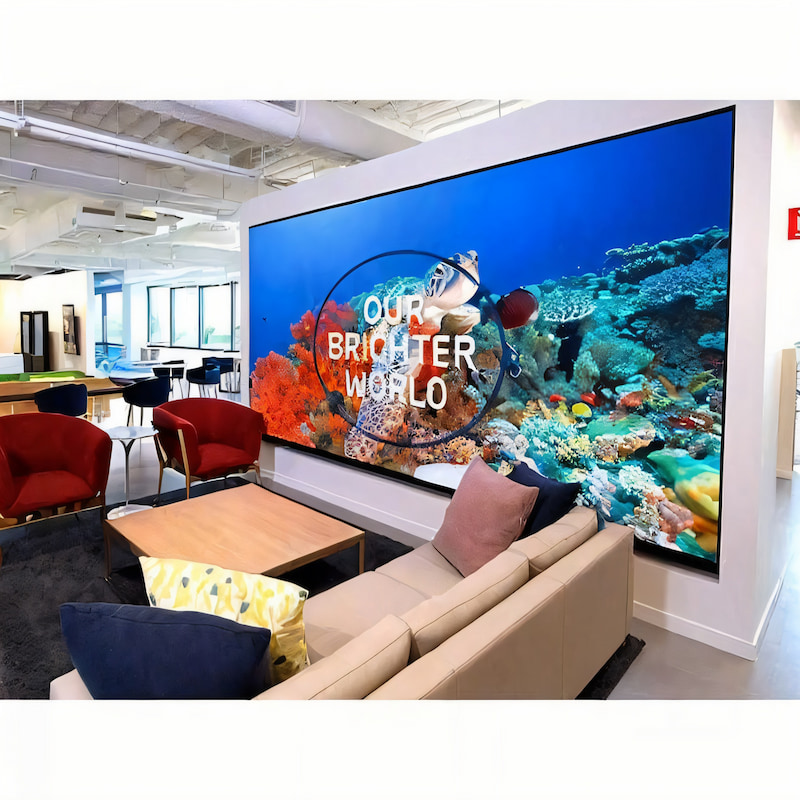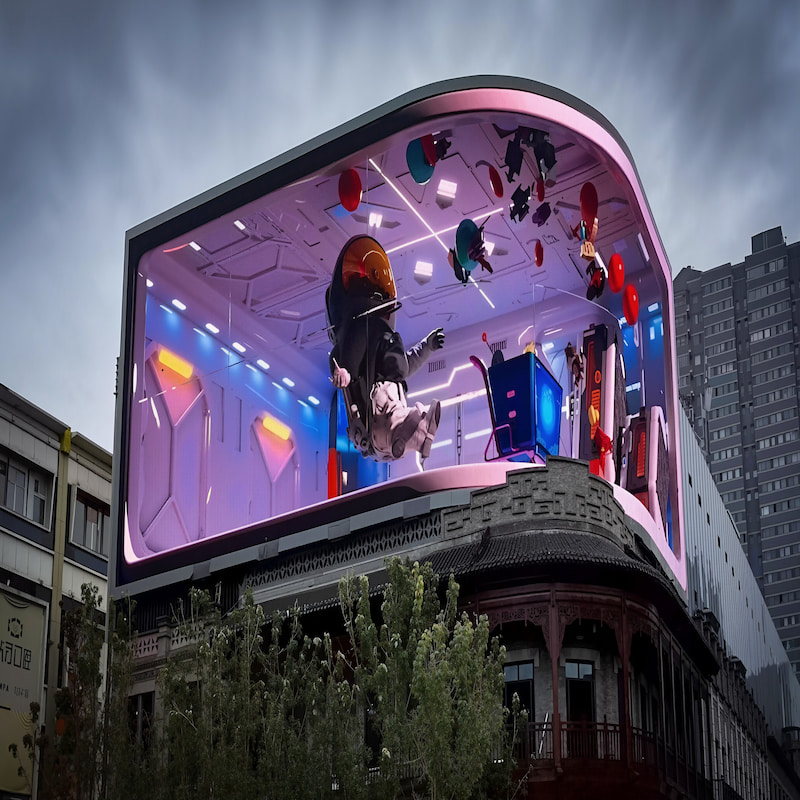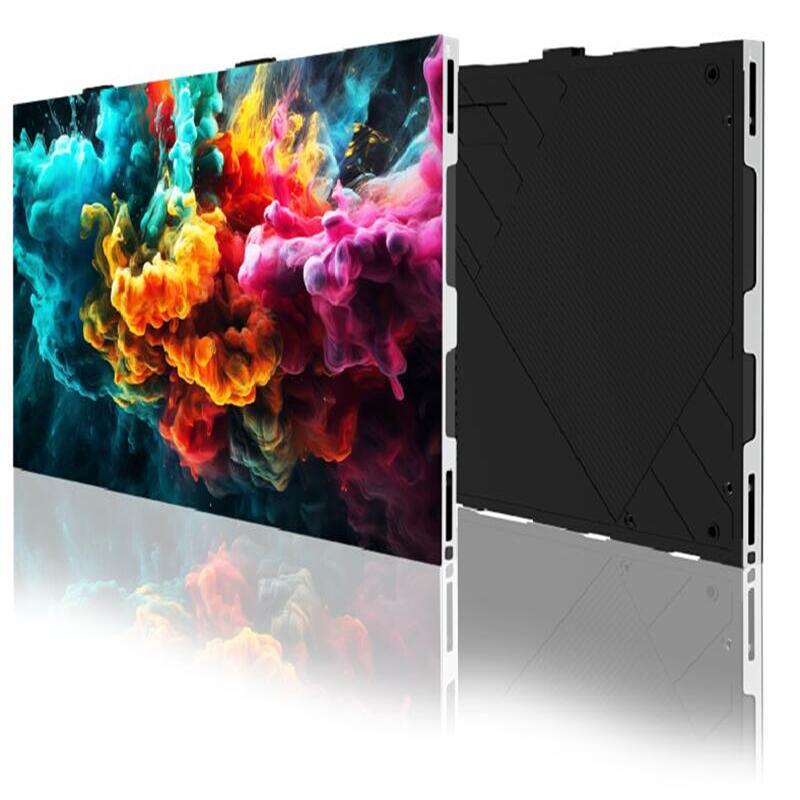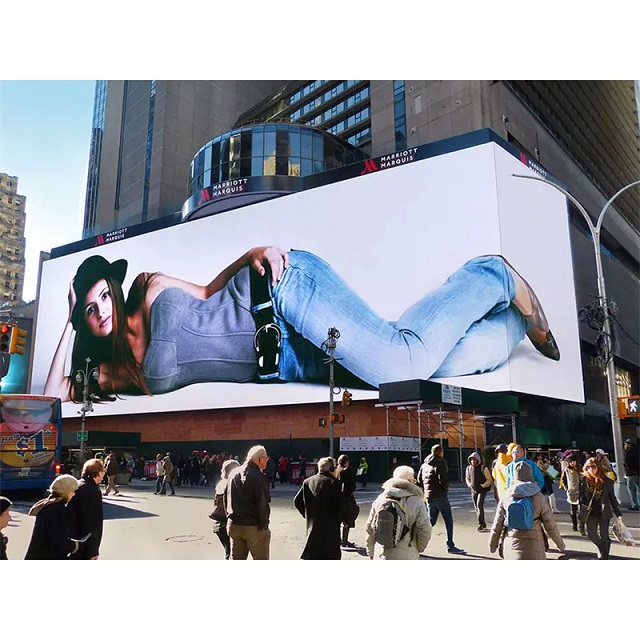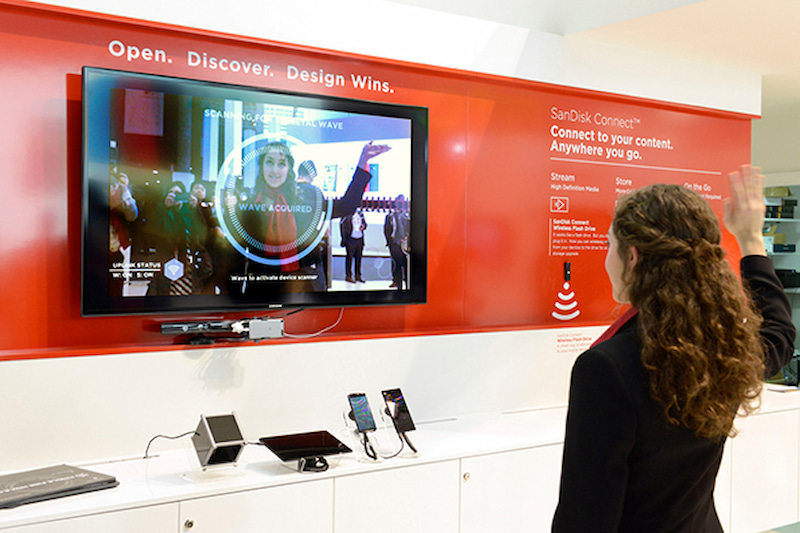
AR/VR technology with LED screens is an emerging field that combines the immersive experience of augmented reality (AR) and virtual reality (VR) with the visual capabilities of LED display technology. While LED screens are traditionally associated with large-scale displays, they are now being used in smaller form factors for AR/VR applications. Here's an overview of this technology:
1. AR/VR Displays: LED screens are being utilized as displays in AR/VR headsets and glasses. These displays provide high-resolution visuals with excellent color reproduction and contrast, enhancing the immersive experience for users.
2. High Refresh Rates: LED screens used in AR/VR applications often offer high refresh rates, which help to reduce motion blur and improve the overall visual quality. Faster refresh rates are crucial for AR/VR experiences to ensure smooth movement and reduce latency, which can be critical in avoiding motion sickness or discomfort.
3. Miniature LED Displays: Traditional LED displays are large and not suitable for wearable AR/VR devices due to their physical constraints. However, advancements in technology have led to the development of miniature LED displays. These displays integrate smaller-sized LEDs and are designed to fit within the limited space of AR/VR headsets or glasses.
4. MicroLED Technology: MicroLED technology, which was mentioned earlier, holds potential for AR/VR displays as well. The small size of MicroLEDs allows for higher pixel density, resulting in sharper and more detailed visuals. MicroLED displays offer precise control over individual pixels, enabling more dynamic and realistic images in AR/VR environments.
5. Energy Efficiency: LED technology is known for its energy efficiency compared to other display technologies. This advantage becomes particularly essential in AR/VR devices that are powered by batteries. LED screens consume less power, helping to extend battery life and enhance the overall usability of AR/VR headsets.
6. Challenges: There are still challenges in implementing LED screens into AR/VR devices. Some of these challenges include reducing the size and weight of the displays to ensure comfortable wearability, improving the pixel density to achieve higher resolutions, and overcoming the manufacturing complexities and costs associated with miniature LED or MicroLED displays.
AR/VR technology with LED screens has the potential to revolutionize various industries, including gaming, entertainment, education, training, and healthcare. As advancements continue to be made in LED display technology, we can expect more immersive, high-quality AR/VR experiences with improved visual fidelity and user comfort.



 language :
language :










